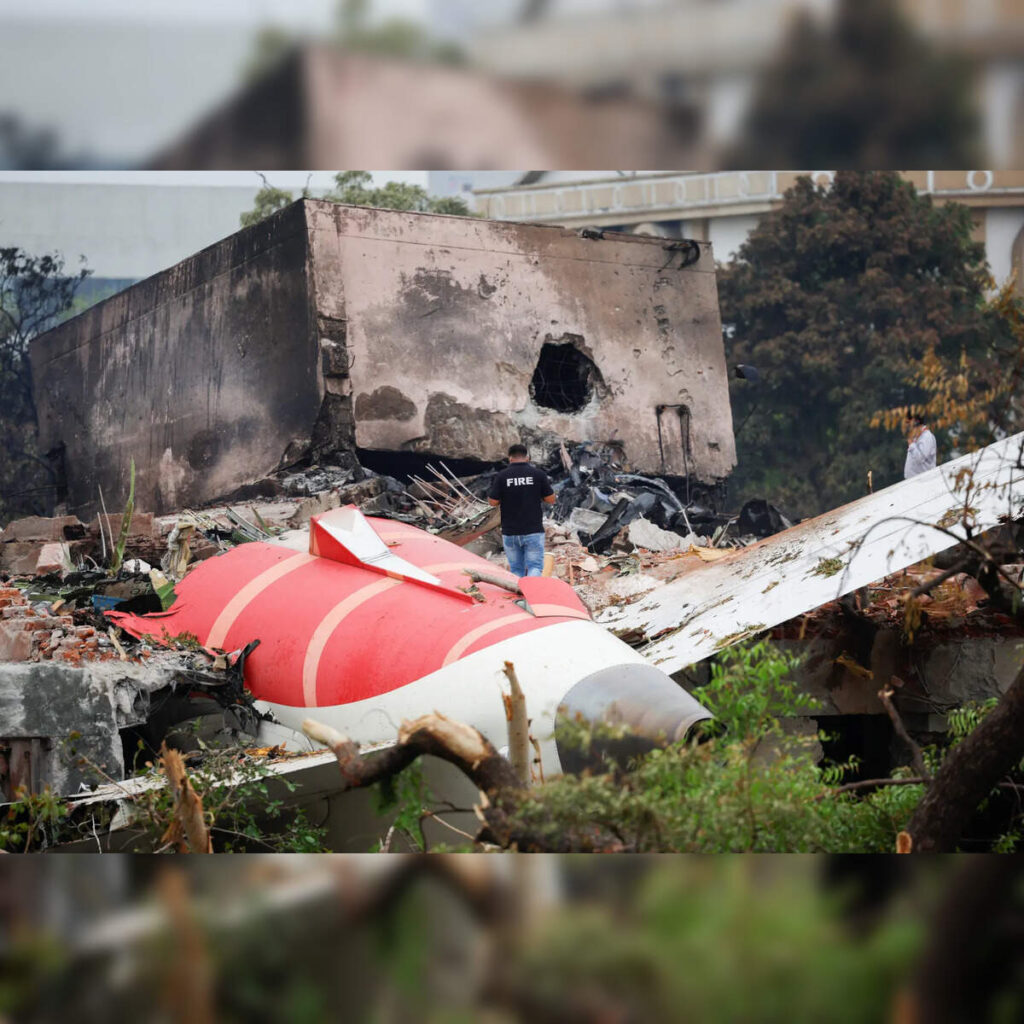Investigators examining the June 12 crash of Air India flight AI‑171 from Ahmedabad to London Gatwick now suspect a sudden loss of electrical power triggered the deployment of the Ram Air Turbine and led to the Boeing 787 Dreamliner’s loss of height, resulting in the aircraft crashing into a medical hostel at an altitude of just 625 feet.
Initial probe findings reveal that shortly after takeoff, main electrical systems failed, forcing automatic activation of the RAT—a key clue captured in video footage—indicating a catastrophic failure of systems relied upon for thrust and hydraulic control. Sources with knowledge of the investigation note that the RAT only deploys under conditions such as dual-engine failure or severe electrical or hydraulic disruption.
The aircraft, fitted with a newly installed right engine from March 2025 and a left engine last serviced in 2023 and due for maintenance in December 2025, had no known maintenance irregularities. Both pilots had extensive experience—one with over 11,500 flight hours and the other with around 3,400 —and there is currently no evidence to suggest cockpit configuration errors or pilot misjudgement.
Analysts are scrutinising whether a fault within the aircraft’s “more‑electric” Boeing 787 electrical architecture may have precipitated a cascading failure affecting both engines. Investigators are also reviewing technical logs from the 24 hours before the flight to determine if there were any anomalies flagged by crew or maintenance engineers.
Data recovery efforts are underway. Both electronic flight recorders and a DVR from external cameras have been retrieved, though they suffered significant heat damage, complicating decoding efforts. Authorities are weighing whether to process the recorders domestically or send them to the U.S. National Transportation Safety Board in view of advanced decoding capabilities, though a newly established Indian black‑box lab may be capable of handling the data.
Regulatory oversight is intensifying. The Directorate General of Civil Aviation has ordered enhanced pre‑departure inspections across Air India’s Boeing 787 fleet, and Air India enacted an immediate 15% reduction in wide‑body international operations to accommodate comprehensive safety reviews. So far, 26 out of 33 Dreamliners have passed rigorous inspections; similar checks are also being applied to the airline’s Boeing 777 fleet.
International assistance forms a key component of the investigation. The Aircraft Accident Investigation Bureau of India is working in collaboration with the U.S. NTSB, the U.K.’s Air Accidents Investigation Branch, Boeing, and engine manufacturer GE Aerospace. Notably, the U.S. Federal Aviation Administration has offered technical assistance, and Boeing has dispatched specialists to India, though its CEO cancelled attendance at the Paris Air Show amid the crisis.
Financial markets have reacted sharply. Boeing’s stock price has dropped between 6–8% since the crash, and GE Aerospace also experienced market declines. Analysts express concern over the reputational impact and are monitoring whether the issue indicates a systemic problem within the 787’s electrical systems or an isolated failure.
Concurrently, aviation experts—such as Captain Steve Schreiber and consultant Keith Tonkin—have analysed takeoff footage and observed the RAT and landing gear still extended, suggesting an abrupt inability to control thrust or retract systems, consistent with an electrical or hydraulic failure.
Recovery and identification efforts continue at the crash site. So far, over 200 victims have been identified via DNA testing, with victims including both passengers and those in the hostel beneath the impact zone. There is one known survivor, a British national seated in 11A, who suffered serious injuries but is expected to recover.
Investigators expect preliminary analysis of the black‑box data within 30 days, with the final report due within a year according to ICAO guidelines. Meanwhile, the aviation community is awaiting definitive findings to determine whether this tragedy reflects design vulnerabilities in cutting‑edge aircraft systems or an unforeseeable technical failure.




 Cluster Missile Launch Signposts Deadlier Phase in Israel–Iran War
Cluster Missile Launch Signposts Deadlier Phase in Israel–Iran War 